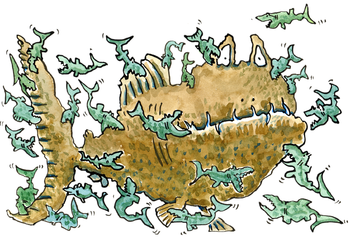 |
| English: Measurement unit (Photo credit: Wikipedia) |
I recently joined a MOOC on
digital storytelling. I was up-front and honest about my experience and my
reason for joining. I run a digital storytelling program and I wanted to see
how another program might parallel, differ and/or otherwise inform me. There’s
always room to learn.
As I engaged in the course,
I felt good about participation and offering some thoughts and resources that
others might find beneficial. I was excited and comfortable doing the first
assignment and in retrospect, probably too excited and included information
that more appropriately would fit into week 2: script development. Then…I
waited. Part 2 of the assignment was to provide peer review of 3 other
participants and then get feedback from 3 others. I was charged, ready to see
the work of others, give feedback and to get feedback on my own work. But the
design made me wait and the waiting began to disturb my flow. Finally, the day
came to review others and I did that as thoughtfully as I could. I tried to
provide positive support and make suggestions to help the development of their
stories. One by one, I moved forward in a system that would not allow me to get
feedback until all others had completed their work and the multi-day deadline
had passed. Finally, the long awaited feedback came. Anticipating some
thoughtful comments and advice, I was disappointed to get “grades”; numbers.
Numbers that were a bit lower than I expected, but that’s OK. The disturbing
part is that there was very little feedback and that it was anonymous. This
made me rethink the value of peer-review, flow, anonymity and the inability to
have a conversation about my work. This nameless, faceless, unconnected grading
system left me clueless about how to improve my work. What’s worse, it killed
my interest in the course. It became a bit of a canned process that ran on a
schedule. However, all is not lost. It made me realize the value of open
sharing and the possibility of instant or at least, very quick feedback. It
made me realize the value of a personal connection to someone who actually
cared about what they might say and how that might help me learn. It made me
realize that through our open sharing, we might actually teach or learn from
others and make new connections that might just change our way of thinking and
in some cases, our lives.








